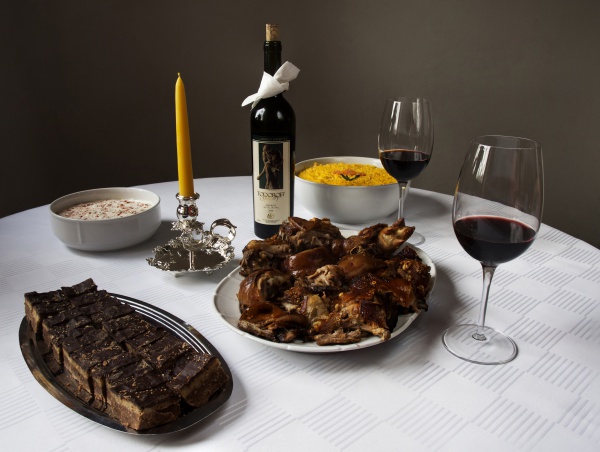Facts About Serbian cuisine
Serbian cuisine is a delightful blend of Byzantine-Greek, Mediterranean, Turkish, and Central European influences. It’s a culinary journey that brings together hearty dishes, rich meats, fresh vegetables, and an array of breads, cheeses, pastries, and desserts. Some standout dishes include gibanica (a cheese pie), pljeskavica (a grilled meat patty), ćevapi (grilled minced meat), and Karađorđeva šnicla (a breaded and stuffed rolled meat dish). Rakia, a fruit brandy, stands out as Serbia’s national drink.
This amalgamation of Middle Eastern and European culinary styles renders Serbian cuisine unique. Meals are typically enjoyed three times a day, with lunch being the main meal. Homemade food items like rakia, slatko (a fruit preserve), jam, pickled foods, and sausages are staples in many Serbian homes.
The roots of Serbian cuisine stretch back centuries, shaped by various cultural influences. The first Serbian cookbook, "The Big Serbian Cookbook", was published in 1877, followed by the renowned "Pata's Cookbook" in 1907. Traditionally, Serbian meals featured dairy products, vegetables, and game meat. Breakfast is a substantial affair, often including bread, butter, meats, cheeses, and pastries.
A typical Serbian meal might start with meze (appetizers), followed by soups, main courses, bread, salads, dairy products, pies, sweets, and desserts. Bread holds a special place in both daily meals and rituals. Salads, relishes, dairy products, and meats are essential components of Serbian cooking.
When it comes to beverages, rakia is a beloved alcoholic drink, but beer and wine are also popular. Domestically brewed coffee is a staple non-alcoholic beverage, and herbal teas are often consumed for their medicinal benefits. Serbia’s wine production is noteworthy, with the country boasting a significant vineyard area and international recognition for its wines.
